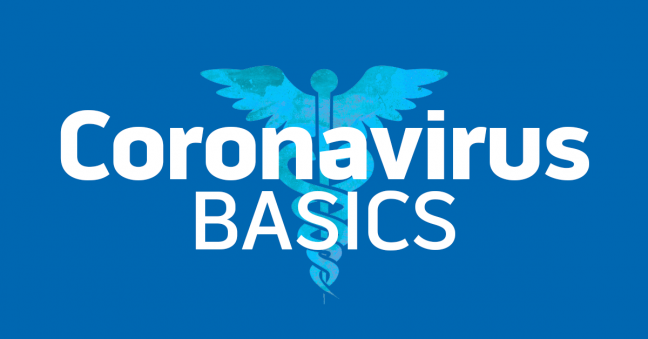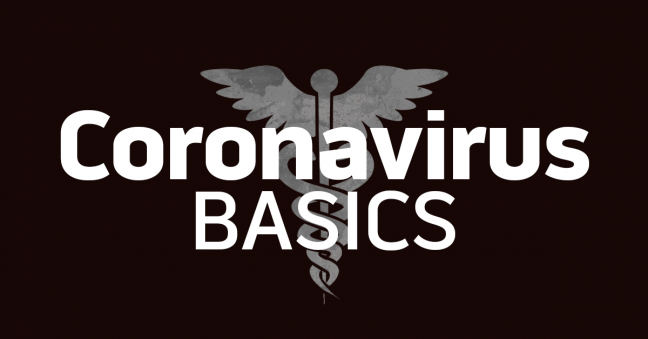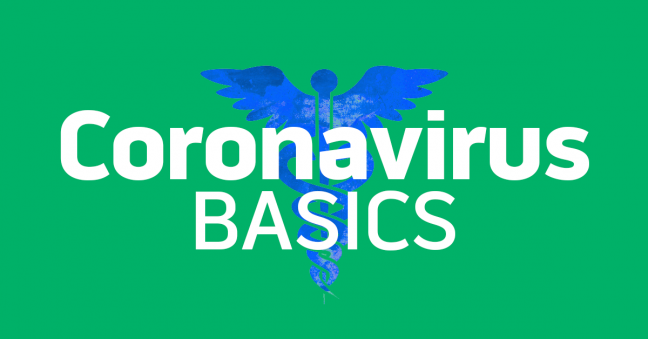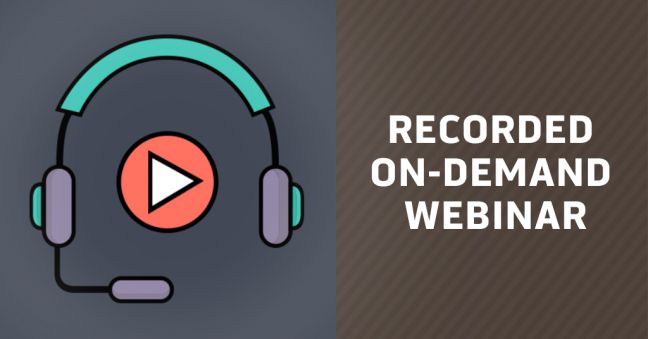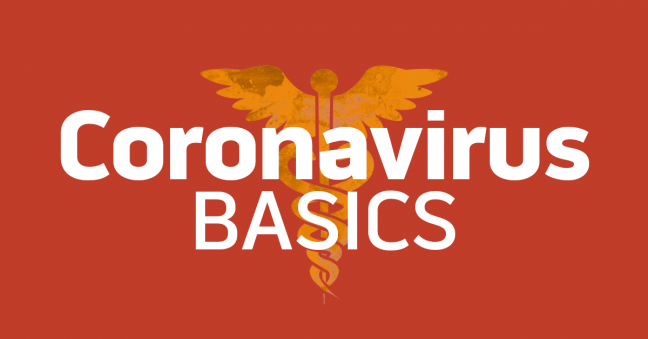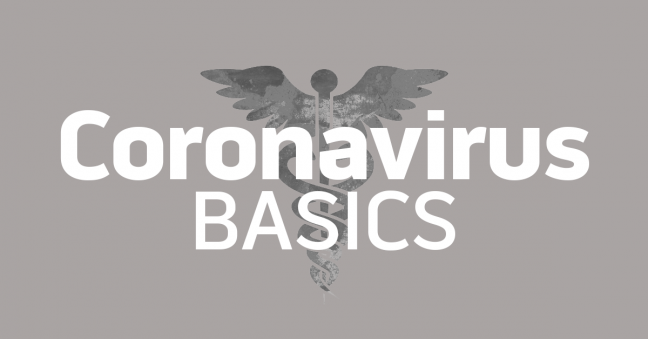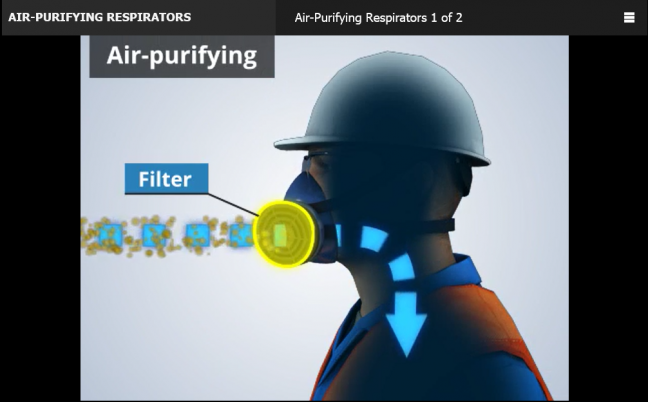
OSHA puts out a list of the ten most commonly cited standard violations every year. Here’s a list of OSHA’s Top Ten, 2016. Respiratory Protection is on that list this year, and so we’ve got some online respirator training resources for you in this article–plus more.
Many of the same standards appear on the list again and again (that’s true of respiratory protection, by the way). And as a result, we’ve pulled together a series of blogs to help you train your workers about each of the ten most cited standards. Below, we’ve got a bunch of materials to help with respirator training.
Let us know if you’ve got some other resources you’d suggest. The comments field awaits.
Before you dig into the information about respirator training below, feel free to check out our short sample video that demonstrates a few highlights of our safety and health courses.
